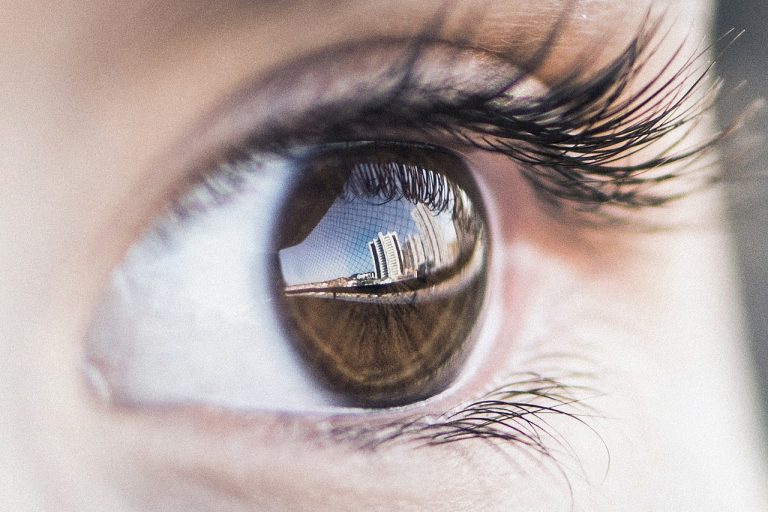Deathbed visions, also known as “DBVs”, “end-of-life experiences” (ELEs), or “pre-death visions”, are subjective experiences in which a dying (but awake) person sees, hears, or communicates with deceased loved ones or other beings that no one else in the room detects the presence of.
Deathbed visions are fairly common, with some data showing that a majority of people experience the phenomena in the days or weeks leading up to their deaths. And they can be calming and even joyous events, helping experiencers come to terms with and accept their impending deaths.
What happens during deathbed visions?
Reported deathbed visions typically involve the experiencer encountering some sort of visitor. This may include a deceased family member, a friend, a pet, or even a religious or spiritual figure. In some instances, experiencers have sat up or gotten out of bed, carrying out physical actions others thought the experiencer was no longer capable of performing.
Other living people in the room can’t see or interact with these deceased or spiritual figures, but they’ll witness the experiencer speaking to, or mouthing words toward, someone who, to them, isn’t in the room.
DBVs are considered peaceful, calming, and even happy or joyous occasions that can be transformative for experiencers. They can calm a person fearful of or nervous about death.
In some cases, experiencers have even reported traveling with their visitors to different realities—places they believe they’ll go after they die. These descriptions share similarities with descriptions reported in near-death experiences.
Despite deathbed visions occurring close to a person’s death, they are not directly associated with terminal lucidity—an experience where dying people witness a sudden spike in mental clarity shortly before they die. A person may experience one, both, or neither of these phenomena when close to death.
How common are deathbed visions?
Deathbed visions are experienced by a majority of those nearing death, according to deathbed vision research. This includes a frequently-cited study published in the Journal of Palliative Medicine found that 88.1% of patients experienced deathbed visions.
Is there some simple explanation? Are they just hallucinations?
Naturally, many wonder whether there’s a medical or psychological explanation for deathbed visions. Are they hallucinations, or is there some other simple explanation?
It’s widely accepted among researchers that no, deathbed visions are not hallucinations. Hallucinations are typically surreal, confusing, disorienting, or bizarre. But DBVs are vivid, detailed, and seen as real by those who’ve experienced them.
Another popular theory is that deathbed visions are related to depleted oxygen levels in the brain. But dying individuals with monitored, healthy oxygen levels have also reported experiencing deathbed visions.
A number of other theories have been proposed, including delirium, high fever, dementia, or reactions to medications or painkillers. But it must be stressed that none of these theories fully account for reported experiences—we simply do not yet understand what causes deathbed visions.
Is IANDS involved in deathbed vision research?
IANDS is primarily focused on researching near-death experiences. But we also examine related experiences, including out-of-body experiences, veridical perceptions, and yes, deathbed visions. All of this, including deathbed vision research, is involved in the growing scientific field of near-death studies.
Our research is made possible entirely by the generosity of those fascinated by near-death experiences and related phenomena. You can help propel our efforts by offering a tax-deductible gift, joining IANDS as a paid member, or patronizing our IANDS Extraordinary Shop.




